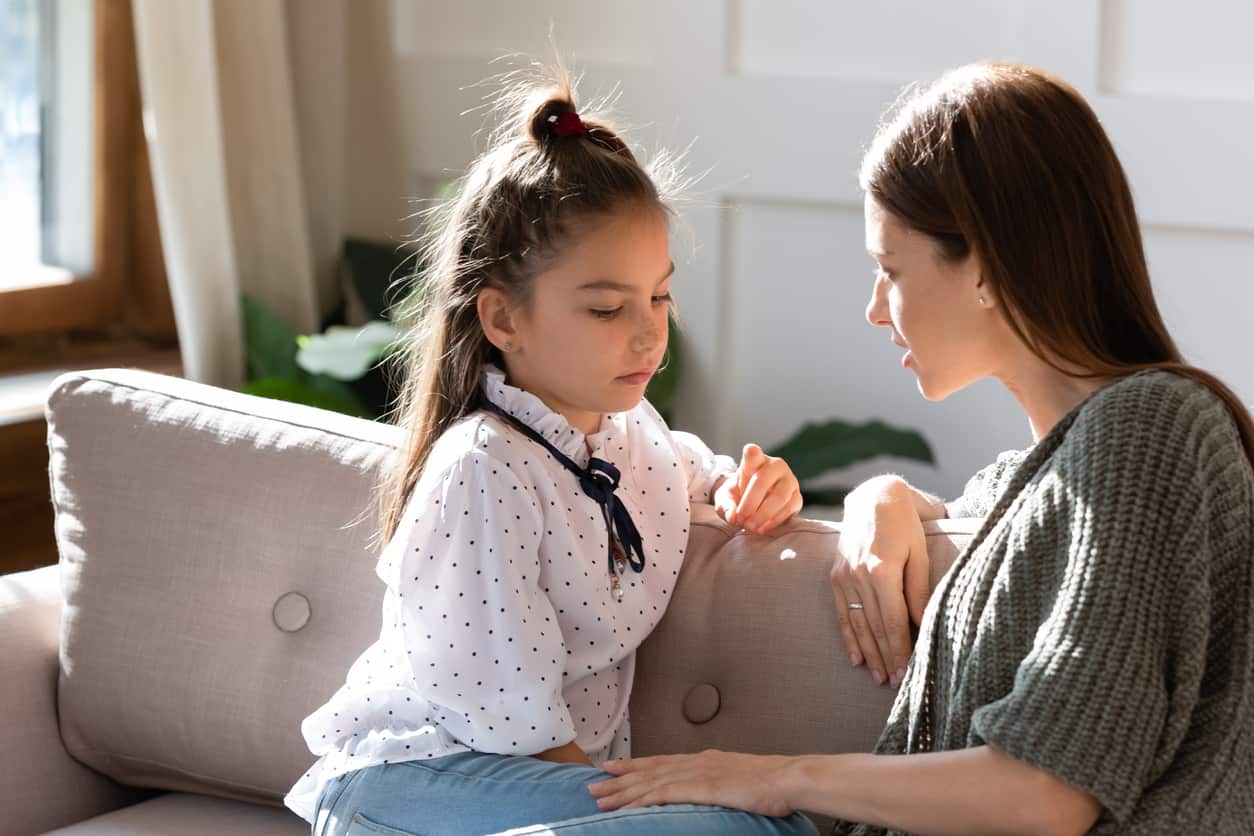Find a sense of CALM: How to teach social-emotional intelligence in the home
If you’ve read many articles about parenting and education this year, you’ve probably learned about the importance of social-emotional intelligence and learning. It’s a focus of Marnie Lebowitz Fuente, M.S., EdS, the program director of the Quality Early Education System (QEES) at Hillsborough Community College. She’s been teaching families and teachers in our community for years about how to implement CALM—Conscious Awareness Learning Model—to ensure our children are getting the best start in the classroom and in life. We recently caught up with her to learn more about CALM and how we can take simple steps to incorporate the CALM method at home.
First–what exactly is the Conscious Awareness Learning Model or CALM?
Fuente: CALM is part of the Quality Early Education System-QEES that takes a holistic approach to early childhood education. The program is fully funded by the Children’s Board of Hillsborough County. Understanding the power of social-emotional intelligence, CALM combines Conscious Discipline©, positive psychology, mindfulness, brain and child development to teach children, families and teachers social-emotional skills. These are essential foundational skills that prime children for academic learning and a growth mindset.
What are the benefits of using this method as a parent or caregiver?
Fuente: There are comprehensive benefits to this method. Teaching parents and caregivers about mindfulness skills based on brain research helps adults learn healthy and meaningful ways to communicate with their children. It enables them to teach their children skills that not only help manage emotions but give opportunity for problem solving together. The more adults learn and know about their children and what triggers they have, the closer and more positive a relationship they can develop. These skills are not only valuable for learning in a home or school environment, but they become valuable life lessons and skills that help the child as they grows into adulthood.
Having strong self-awareness supports healthy relationships as children continue to learn and grow while facing the challenges ahead. Another invaluable benefit is that the adult and child can grow and learn together. Social-emotional development is a lifelong journey as the world changes and presents us with different sets of circumstances each day.
As of 2021, 62% of parents feel teaching Social-Emotional Learning (SEL) is very important, compared to 55% three years ago. Parents also believe that SEL is not emphasized as much as it should be (81%), that it has become even more important since the beginning of the pandemic (82%), and that it is helpful for children learning online (80%).
Is this being taught to local early education teachers?
Fuente: CALM is a countywide model serving all licensed early childhood providers. Last year, the program served over 250 providers and 1,000 teachers in Hillsborough County.
What are some basic principles parents can apply at home?
Fuente: Empathy: Showing children we care about their [being] upset and find ways to work through it together. We must understand that they are always learning, rapidly building synaptic brain connections. Children’s prefrontal lobes (responsible for problem-solving) are not fully developed until 26 years old, therefore [they] need to be taught emotional skills just as we teach academic skills. They can’t demonstrate something they have not been taught.
Adults must model [this] by taking pause to teach children how to identify and explain their feelings and emotions. Then, we can teach them the skills necessary for self-regulation. Parents should practice taking deep breaths with their children when they are calm to help them learn a tool that they will need when they are not upset. The parent could also provide a “safe place” or “cozy corner” at home with items that bring comfort. Having a favorite soft pillow/blanket or books, a “stress” ball or any sensory item will help the child refocus and find inner peace. By practicing breathing and having a safe place, the child learns how to calm themselves and is empowered by this self-regulation skill. The child also learns that it is ok to be sad, angry or disappointed, but it is not ok to be hurtful. They learn to take deep breaths during stressful moments (because they have practiced this) which is a tool they can take anywhere they go.
How can families/caregivers connect with you and the program to learn more or take a class?
Fuente: Anyone wanting to connect with CALM can visit our website at www.calmhcc.org or to get access to all of the programs in the Quality Early Education System-QEES visit www.qees.org. All contact information is listed on the website, which is monitored regularly.
Originally Published in the December 2021 issue of Tampa Bay Parenting Magazine.


